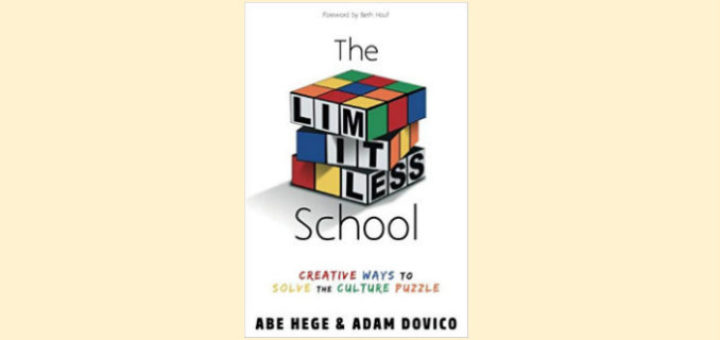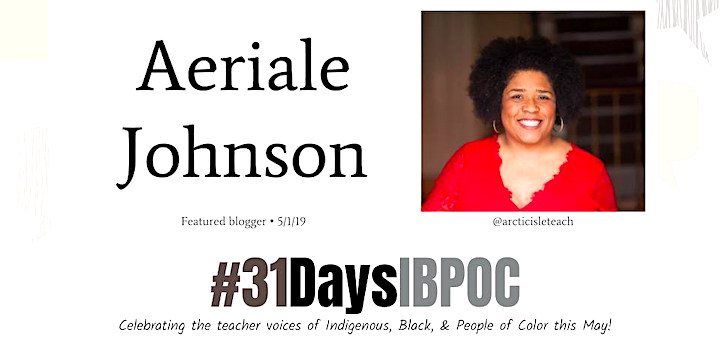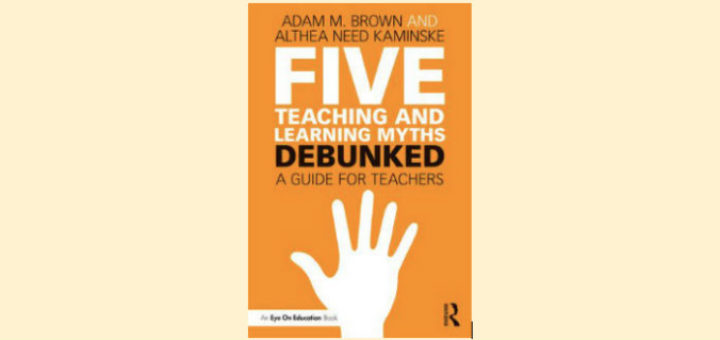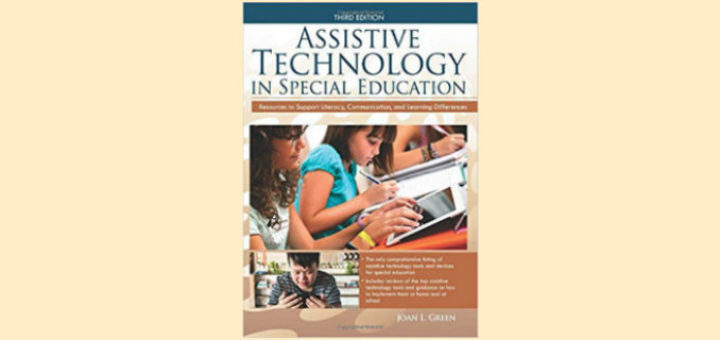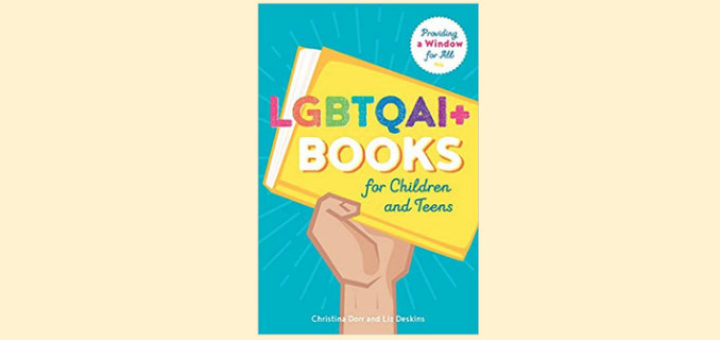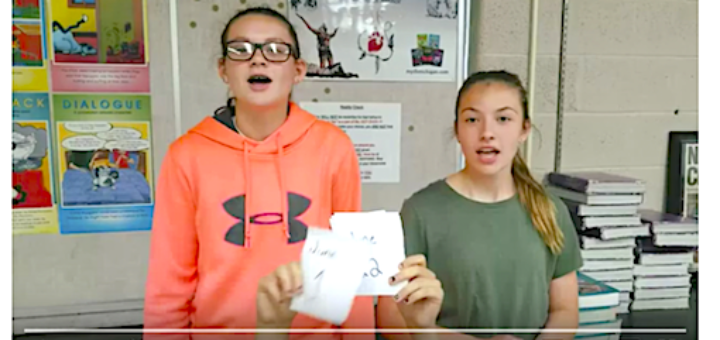Teaching and learning in grades 4-8
Teaching and instructional coaching weren’t all the prep DeAnna Miller needed when she signed on as a new middle school assistant principal last fall. A year later she looks back at the challenges she faced and the solutions she discovered as she preps for another year.
Teaching coach and NBCT Elizabeth Stein shows how to create a space that will keep co-teachers learning together throughout the rest of summer, concentrating on what we can do to refresh ourselves AND continue improving and learning in preparation for a productive fall.
Teacher leader Laura Von Staden recommends all school administrators, district personnel and school board members read Abe Hege and Adam Dovico’s The Limitless School and use it as a guide to building a strong school culture for learning and growth.
Raised in rural Alberta, Canada, Brent Gilson set out to broaden his understanding of racial and cultural diversity, both to improve his teaching and to raise awareness among his mostly white middle grades students. Taking part in the #31DaysIBPOC Twitter project has been a revelation.
In the hope that we can help students become better critical thinkers in a world saturated by social media and unreliable sources, media literacy expert Frank Baker calls attention to techniques used by “media manipulators” to persuade consumers and shape public discourse.
Are you a multitasker? Do you use interesting examples to make learning more relatable? Do you teach to learning styles? If you answered yes to any of these questions, you might be interested in Five Teaching and Learning Myths Debunked, says principal Rita Platt.
In the 3rd edition of Assistive Technology in Special Education, author Joan Green helps readers navigate the complex topic with a straight forward, organized approach to understanding and effectively implementing AT. Green’s handbook is the resource Carol Willard has long sought.
Beyond sharing titles, librarians Christina Dorr and Liz Deskins discuss justifications for circulating LGBTQAI+ literature to children and teens and share a brief history and approaches to “dealing with objections.” Sarah Cooper found ideas for her own classroom library.
In 2018-19 Jeremy Hyler taught 6th grade for the 1st time in 15 years. A classful of 11-year olds “felt very new.” What’s more, after a decade-plus teaching 7th graders, this year’s group “ranked high on the all-time challenge scale.” Fortunately there were bright spots!
History is not just the causes of the Civil War, reasons for industrial growth, or dates associated with “big events” and major characters. Lauren Brown works to help her middle schoolers understand it’s about ordinary, often archetypal lives of human beings much like us.



